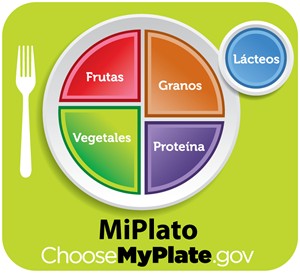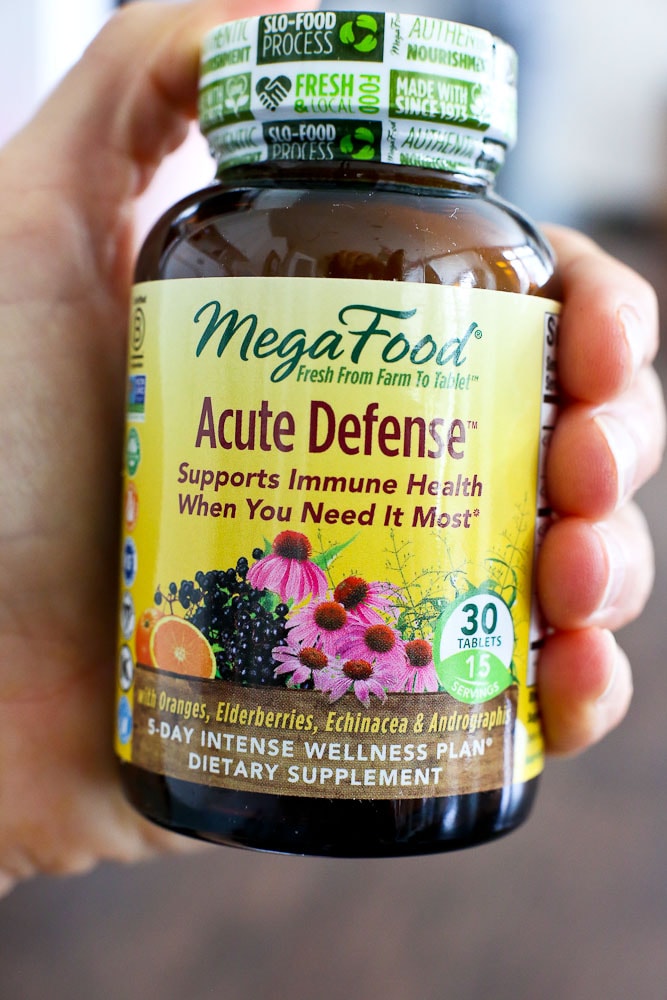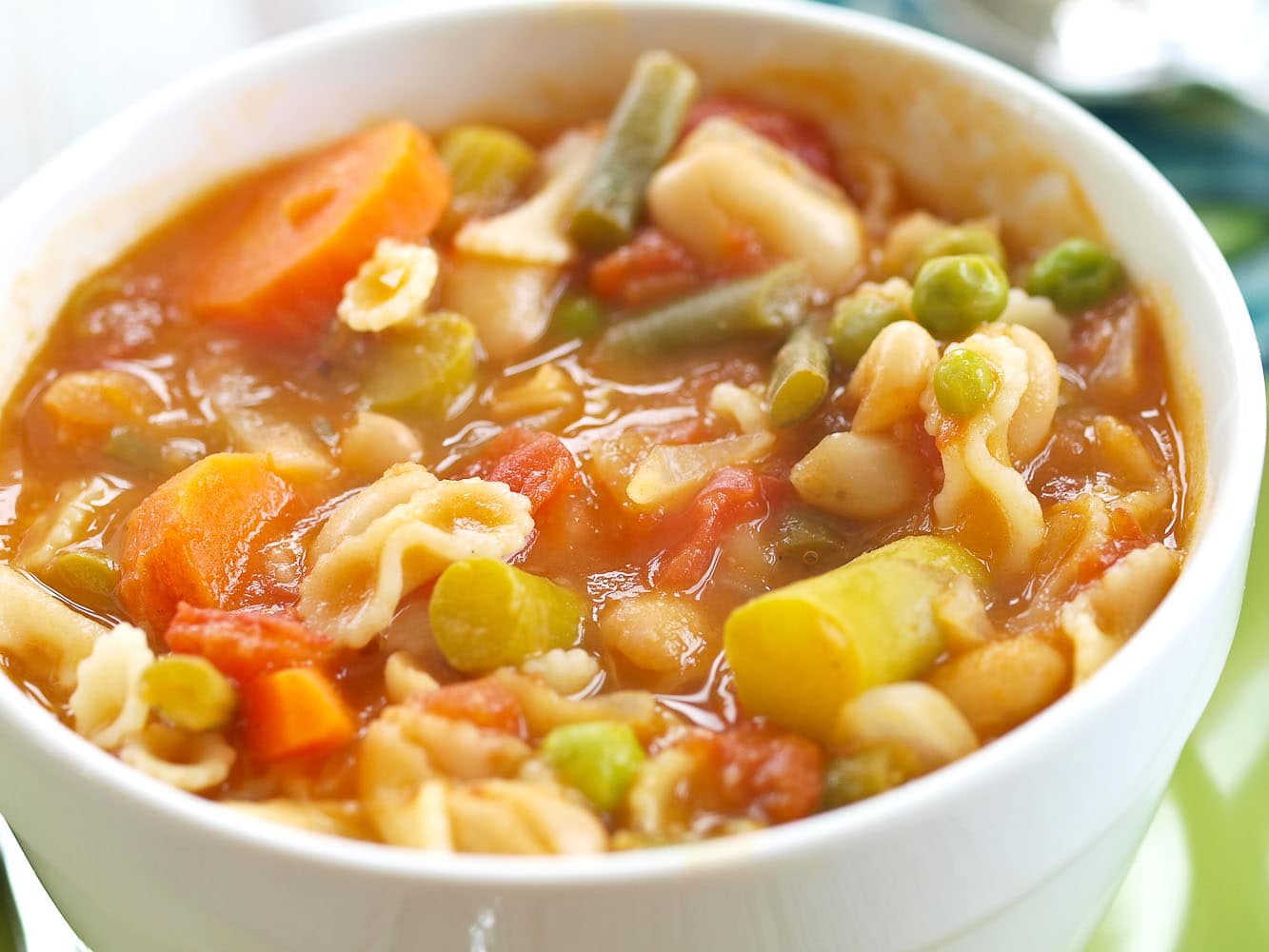Earlier this year, the USDA updated their dietary guidelines and introduced America to the “MyPlate” model. In many ways, this update was an improvement from the older, outdated food pyramid. It also falls short in numerous ways.
One area where the USDA missed the boat was on whole grains. They suggest that 1/4 of your plate (meaning daily intake) should come from the “grain group” and half of those grains should be “whole grains”.
According to their definition, you can have a healthy diet if half of your daily grains intake are refined grains. By this they mean white bread, white pasta, regular crackers, white rice, etc. The other half should consist of “whole grains”.
Let’s see where we’re at so far. Just by suggesting that half of your daily intake of grains be refined grains, this is ludicrous. They are misleading Americans into thinking they’re eating well if 1/8 of their daily intake is from refined, processed grain products.
It doesn’t get much better. The good ol’ USDA then suggests that the other half of our daily dose of grains comes from whole grains. Let’s take a look at how they define a whole grain.
Basically, any grain product that doesn’t remove the grain kernel is considered a whole grain by the USDA. So that means any bakery product made with whole wheat flour is considered a good way to get your whole grains.
Now let’s think about this for just a minute.
According to the USDA, a person can get a healthy daily dose of grains by eating a day’s worth of white rice, Ritz crackers, a bagel made with whole wheat flour, and some whole wheat pasta.
I’m not a nutritionist and don’t claim to know it all when it comes to a healthy diet, but I can look at that list and know that does not equate to a healthy dose of whole grains for a day. We’ve all had those days, let’s be honest, but come on. That’s not what I aspire to consume each day, which is what the MyPlate model is supposed to provide.
So where exactly did the USDA get it wrong? They missed a clear distinction that should have been made. What we all need to be looking to get from the grain group is not just whole grains, but intact whole grains. Whole grains that have not been ground into flour.
Why? It’s simple. Once a whole grain has been crushed into flour, according to Dr. Andrew Weil, it has “a significantly expanded starchy surface area available to digestive enzymes and can cause blood sugar levels to spike dramatically”. (source)
When a whole grain is left intact (or cracked), you get all the benefits of the whole grain without the spike in blood sugar levels, which of course are dangerous for our body and lead to many health issues.
So what are some whole, intact grains?
- Oats (steel cut or rolled, not instant or quick cooking)
- Quinoa
- Brown or wild rice
- Buckwheat
- Bulgur
- Millet
- Spelt
- Cracked Wheat
- Barley
What the USDA ought to suggest, in my humble opinion, is that we strive for all of our grains be whole grains, with at least half coming from intact whole grains. Refined grains, such as white bread and rice, should only be eaten sparingly, not on an everyday basis.
It all comes down to keeping the majority of our foods from whole, unprocessed foods. Including our whole grains.
Question: What do you think? Do you get the majority of your grains from intact grains?






wonderful post!
I always go for whole grains, and it is quite easy for me to do so, as I have a flour mill at home 🙂
Great post Maryea!
This is something that I try to instill in my kids. Thank you for the list of intact grains, I need to venture out and try the quinoa. 🙂
It is amazing some of the stuff I see on bread packages especially, like “whole grains’ and then you read the actual ingredients…it’s sad that companies are allowed to pull one over on the majority of the people.
Tell em girl! Quinoa for the win!!!! <3 I'm trying to nix the refined white grains but sometimes i cant deny crusty bread. fortunately i treat it as a dessert/treat/fat instead of a grain requirement so it keeps me in check! <3
and your comment was so not creepy. you brighten my day! mwah!
I’m totally on board with you- there is such a LARGE difference in whole grains and grains. If I ever get the chance to be a mama, I’ll have to talk to the doctors about starting a baby on grains that I don’t consider to be good for a body…. Whole grains are the way to go!
Re: first foods for babies–that’s a whole different post! 🙂
Very well said! I agree that the MyPlate version is an improvement, but it still has a ways to go. Perhaps baby steps is how we can change America’s eating habits successfully. But it is unfortunate because it needs to happen much sooner than later. Now, if only your blog post could appear in every single American’s email or mailbox, that would be great. Even better if they read it.
I know. Sometimes as I am writing these type of posts I think, “I’m kind of preaching to the choir here”. I hope there are at least some people who read my posts and learn something new.
Yes. We do, so keep ’em coming!
I completely, completely agree. Sooo many good points in this post. Another thing is that whole grain flours lose a lot of their nutrition after being ground and left to sit. I’m pretty sure most large corporations do not care whether their whole grain flours are freshly ground or a few months old, which makes a massive difference in nutrition and taste(plus, buying whole grains is cheaper and they don’t lose nutrition over time and keep practically forever when they’re whole). I really enjoy baking and do use a lot of whole grain flour but for everyday meals I always choose something less processed. I can eat way less of it and feel much more satisfied(and for longer) so it just makes sense to me. That doesn’t mean I don’t eat more processed things, even white flour sometimes, but definitely not on a regular basis.
Great point about the decrease in nutrients that happens once the grains are ground into flour and old vs. fresh. I’m like you in that I do use whole grain flours in baking a lot, but I don’t think of that as my primary way of getting whole grains into my diet. Oh, and yes, I do eat white flour products on occasion, but to say that it’s healthy to do so everyday is crazy!
This irritates the heck out of me as well. I don’t understand WHY they would say “Make half your grains whole” (other than the fact that it sounds catchy). Do they think it’s a more attainable goal for your average American? Like you said though, this is supposed to be what people are striving for, what’s the point in setting the bar so low, especially in this day and age when there are so many options for whole grains out there? Is it the influence of lobbyists for food companies who mostly sell processed flour-based foods? I have no idea, but it is definitely disappointing.
Oh, I’m sure it can be somehow linked to lobbyists, food companies, etc. It seems nearly everything in the food industry is linked ultimately to $$$.
Well said! I couldn’t agree more. Whole grains are also more filling and have much more flavor!